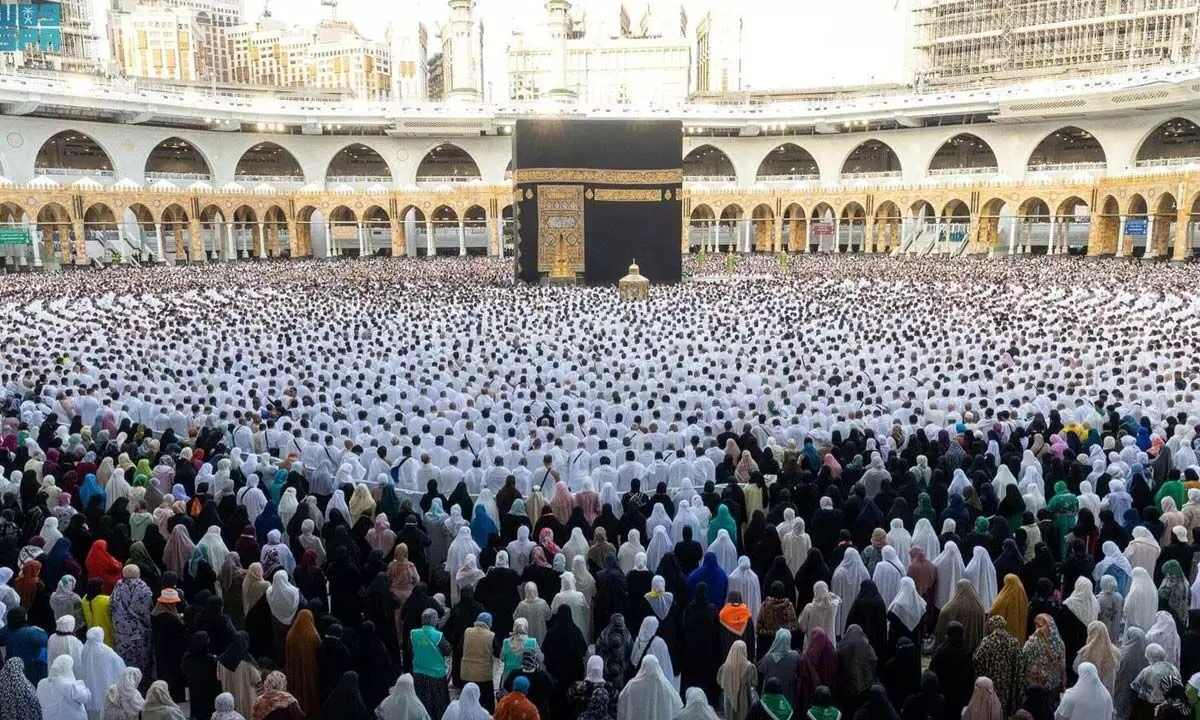
The Hajj and Umrah pilgrimages are among the most significant spiritual journeys for Muslims worldwide. Every year, millions of pilgrims travel to the holy cities of Mecca and Medina to fulfill their religious obligations. However, the massive scale of these pilgrimages has a considerable environmental impact, from carbon emissions to waste generation. As global awareness of environmental issues grows, it is essential to adopt sustainable practices during these sacred journeys. This article explores eco-friendly Hajj and Umrah travel tips, emphasizing how pilgrims can reduce their environmental footprint while fulfilling their religious duties.
1. Understanding the Environmental Impact of Hajj and Umrah
Before diving into sustainable practices, it is crucial to understand the environmental challenges associated with Hajj and Umrah:
- Carbon Footprint: Millions of pilgrims travel by air, road, and other modes of transportation, contributing significantly to greenhouse gas emissions.
- Waste Generation: The sheer number of pilgrims results in massive amounts of waste, including plastic bottles, food packaging, and non-biodegradable materials.
- Water Usage: Water consumption spikes during Hajj and Umrah, straining local resources in the arid region of Saudi Arabia.
- Energy Consumption: The operation of hotels, transportation, and other facilities requires substantial energy, often derived from non-renewable sources.
- Deforestation and Land Degradation: The demand for paper products, such as Qurans and guidebooks, contributes to deforestation, while the construction of infrastructure can lead to land degradation.
Addressing these challenges requires collective effort from pilgrims, organizers, and authorities. By adopting sustainable practices, pilgrims can contribute to preserving the environment while performing their religious duties.
2. Sustainable Travel Tips for Eco-Friendly Hajj and Umrah
Eco-Friendly Transportation
Transportation is one of the most significant contributors to the carbon footprint of Hajj and Umrah. Here’s how pilgrims can minimize their impact:
- Choose Direct Flights: Opt for direct flights to reduce fuel consumption and emissions associated with layovers.
- Offset Carbon Emissions: Many airlines offer carbon offset programs, allowing passengers to contribute to environmental projects that neutralize their travel emissions.
- Use Public Transportation: In Saudi Arabia, utilize public transportation systems like the Haramain High-Speed Railway, which connects Mecca and Medina efficiently and sustainably.
- Carpooling: Share rides with fellow pilgrims to reduce the number of vehicles on the road, lowering emissions and traffic congestion.
- Walk When Possible: Walking is not only environmentally friendly but also spiritually rewarding, as it allows pilgrims to reflect and connect with their surroundings.
Reducing Waste
Waste management is a critical issue during Hajj and Umrah. Pilgrims can adopt the following practices to minimize waste:
- Reusable Water Bottles: Carry a reusable water bottle instead of relying on single-use plastic bottles. Many hotels and mosques provide water refill stations.
- Eco-Friendly Packaging: Choose snacks and meals with minimal packaging, and avoid single-use plastics.
- Proper Disposal: Dispose of waste in designated bins and follow local recycling guidelines.
- Digital Resources: Use digital copies of the Quran, duas, and guidebooks to reduce paper waste. Many apps are available for this purpose.
- Minimalist Packing: Pack only what is necessary to reduce the weight of luggage, which can lower fuel consumption during travel.
Conserving Water
Water is a precious resource, especially in the arid climate of Saudi Arabia. Pilgrims can contribute to water conservation by:
- Shorter Showers: Limit shower time and avoid wasting water.
- Reusing Towels: Reuse towels and linens instead of requesting daily replacements.
- Ablution Practices: Perform ablution (wudu) efficiently by using only the required amount of water.
- Reporting Leaks: Inform hotel staff or authorities about any water leaks or wastage.
Energy Conservation
Reducing energy consumption is another way to make Hajj and Umrah more sustainable:
- Turn Off Lights and Electronics: Switch off lights, air conditioning, and electronics when not in use.
- Energy-Efficient Accommodations: Choose hotels and accommodations that prioritize energy efficiency and sustainability.
- Natural Light: During the day, rely on natural light instead of artificial lighting.
Supporting Local Communities
Sustainable travel also involves supporting local communities and economies:
- Buy Local Products: Purchase souvenirs, food, and other items from local vendors to support the local economy.
- Respect Local Culture: Be mindful of local customs and traditions, and avoid behaviors that may harm the environment or community.
- Volunteer: Participate in community clean-up initiatives or other volunteer activities to give back to the host community.
Spiritual Reflection and Environmental Stewardship
Islam emphasizes the importance of environmental stewardship. Pilgrims can align their spiritual journey with eco-friendly practices by:
- Reflecting on Nature: Take time to appreciate the natural beauty of the holy sites and reflect on the importance of preserving Allah’s creation.
- Following Islamic Teachings: Islam encourages moderation, conservation, and responsibility. Pilgrims can draw inspiration from Quranic verses and Hadiths that promote environmental care.
- Setting an Example: By adopting sustainable practices, pilgrims can inspire others to do the same, creating a ripple effect of positive change.
3. The Role of Authorities and Organizations
While individual efforts are essential, systemic changes are also necessary to make Hajj and Umrah more sustainable. Authorities and organizations can play a significant role by:
- Implementing Green Policies: Introduce policies that promote sustainability, such as waste reduction, renewable energy, and water conservation.
- Educating Pilgrims: Provide information and resources to pilgrims on eco-friendly practices.
- Investing in Infrastructure: Develop sustainable infrastructure, such as solar-powered facilities, efficient transportation systems, and waste management solutions.
- Collaborating with Stakeholders: Work with airlines, hotels, and other stakeholders to create a unified approach to sustainability.
4. Success Stories and Initiatives
Several initiatives have already been implemented to make Hajj and Umrah more eco-friendly:
- Green Hajj Initiative: This global campaign encourages pilgrims to adopt sustainable practices and raises awareness about the environmental impact of Hajj.
- Saudi Vision 2030: Saudi Arabia’s ambitious plan includes sustainability goals, such as reducing carbon emissions and promoting renewable energy.
- Eco-Friendly ZamZam Bottles: The introduction of reusable ZamZam water bottles has significantly reduced plastic waste.
- Solar-Powered Haram: The Grand Mosque in Mecca has implemented solar energy systems to reduce its carbon footprint.
5. Conclusion
The Hajj and Umrah pilgrimages are profound spiritual experiences that also present an opportunity to reflect on our responsibility as stewards of the Earth. By adopting eco-friendly practices, pilgrims can minimize their environmental impact and contribute to a more sustainable future. Every small action counts, from reducing waste and conserving water to supporting local communities and embracing renewable energy. As the global Muslim community continues to grow, it is essential to prioritize sustainability and ensure that these sacred journeys leave a positive legacy for future generations.
;More Travel News
-
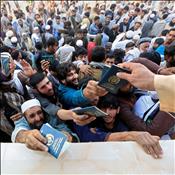 15-Nov-2021Applying For a Pakistan Visa from Afghanistan
15-Nov-2021Applying For a Pakistan Visa from Afghanistan -
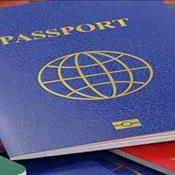 16-Jan-2020Most Powerful Passport in the World 2020 Check Who's On Top
16-Jan-2020Most Powerful Passport in the World 2020 Check Who's On Top -
 08-Aug-2020The Gilgit Government Decides To Resume the Tourism In Gilgit Baltistan After 5 Months
08-Aug-2020The Gilgit Government Decides To Resume the Tourism In Gilgit Baltistan After 5 Months -
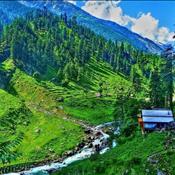 20-Aug-2020Pakistan Government Decides To Develop Tourist Places Across The Country
20-Aug-2020Pakistan Government Decides To Develop Tourist Places Across The Country -
 02-Jul-2021Check the Open Countries And Their Travelling Requirements For Pakistani Visitors After Coronavirus
02-Jul-2021Check the Open Countries And Their Travelling Requirements For Pakistani Visitors After Coronavirus -
 04-Mar-2023PIA Announces 2023 Hajj Pilgrimage Flight Fares
04-Mar-2023PIA Announces 2023 Hajj Pilgrimage Flight Fares -
 27-Mar-2020How to Protect ourselves from Coronavirus During Traveling
27-Mar-2020How to Protect ourselves from Coronavirus During Traveling -
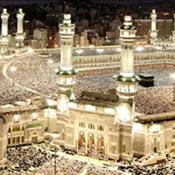 06-Nov-2020Are Hajj and Umrah Agents allowed To sell Umrah Visas without Giving a Hotel Package?
06-Nov-2020Are Hajj and Umrah Agents allowed To sell Umrah Visas without Giving a Hotel Package?
